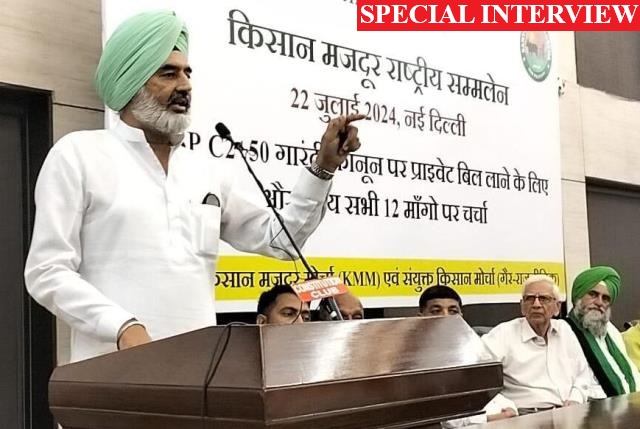
‘Prolonged Protest Has Taken its Toll on Farmers at Many Fronts, But Our Resolve Stays Firm’
Gurpreet Singh Sangha, a leader of the Kisan Mazdoor Morcha (KMM), remains resolute in the face of state repression and harsh weather condition. In an exclusive conversation with LokMarg, Mr Sangha spoke about how the protesters have been holding firm despite numerous challenges; how their confidence remains unshaken and; why they are fighting only for victory, not for compromise.
Q: Despite so many challenges, where do you and the other farmers find the motivation to continue this movement?
Gradually, every farmer, labourer, and indigenous person is realizing that this fight is not just about crop prices. Nor is it merely against the government. The common farmer now understands that the real battle is for the survival of the farmer community, land, and generations to come—beyond caste, religion, and region. This fight is actually against the corporate Leviathan. In this “David vs. Goliath” struggle, we draw inspiration from our own historical farmer movements and global agrarian struggles.
The public might not fully grasp this, but organized farmer unions and labour groups have understood that this fight is against the systematic dismantling of the rural economy—forcing displacement from villages and providing cheap labour to corporations.
History has shown that governments can suppress caste- and religion-based conflicts using the “divide and rule” strategy. But when it comes to class struggles, when an oppressed class rises in protest, governments have always lost. What is different this time is that every protester knows this struggle will be long and difficult.
The truth is that the farmer-labourer-indigenous struggle is now a continuous process, not a seasonal movement. While the previous protest was more farmer-centric, this time the demands of labourers and indigenous groups are officially included in our “Demand Charter.” The widespread support and geographical reach of the movement give us greater confidence in our victory.
Q: How has life at the protest sites changed over time and what are your biggest daily challenges?
All four seasons have passed. It has now been a full year since Farmers’ Protest 2.0 began.
Since we already experienced the difficulties of the first farmers’ protest, we were prepared for the hardships, obstacles, and challenges this time. The resources belong to the farmers themselves—each tractor-trailer and tent is stocked with food supplies, and the surrounding villages and gurudwaras provide immense support, ensuring an uninterrupted supply of milk, curd, and langar. So, no challenge has been unbearable.
However, one major challenge in Farmers’ Protest 2.0 is that our message is not reaching a wider audience. This time, the government has not only silenced mainstream media but has also cracked down on independent journalists and YouTubers. As a result, even though the country’s oldest and busiest highway, GT Road, has been blocked for a year and thousands of farmers are protesting at three major sites, most of the country is unaware of it. The only way to counter this information blockade is through “big money,” which the protesting farmer organizations simply do not have.
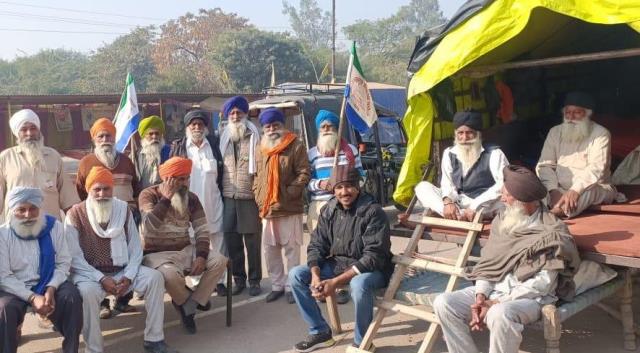
Another challenge—though not limited to farmers alone—is the judiciary. Previously, the courts turned a blind eye or remained indifferent to farmers’ suffering. Now, they are openly siding with the government. We have no hesitation in saying (even if it amounts to contempt of court) that the judiciary’s stance has been against the farmers this time, consistently ruling in favour of the government. If the judiciary had been independent, the government would have already been forced to meet the farmers’ demands.
Last time, the government did not cross all limits of repression. But this time, unarmed farmers have faced expired and toxic tear gas, pellet guns, and even live bullets. Yet, the Supreme Court has ignored its responsibility. So far, 44 farmers have lost their lives in this movement, and hundreds have suffered severe injuries requiring hospitalization. Even for this authoritarian regime, this is a new low.
Q: How many farmers are actively protesting now, and how has participation changed since the movement began? Which major demands remain unfulfilled, and how do you assess the negotiations so far?
Currently, thousands of tractor-trailers and tents are stationed at three major protest sites—Shambhu Border, Khanauri Border, and Ratanpura Border—forming protest camps stretching for kilometers. Depending on the crop season and action plans, daily participation ranges from 5,000–7,000 people, swelling to hundreds of thousands on key days. Around 150 small and large farmer organizations and unions across the country are affiliated with both the Kisan Mazdoor Morcha (KMM) and the Samyukta Kisan Morcha (Non-Political) [SKM (NP)].
Last time, when the farmers had the government cornered, it immediately repealed the three “black laws.” However, it only provided an official letter promising to address the remaining demands soon. After two years of complete inaction, the government’s indifference forced farmers to restart the movement on February 13, 2024.
Since the initial talks in early 2024, the government did not engage in any further dialogue for a year. Now, sensing the movement’s growing strength and the pressure created by S. Jagjit Singh Dallewal’s hunger strike, discussions resumed on February 14. But in every meeting, the government has used statistics to stall and delay the talks.
The biggest demand is the legal guarantee of MSP (Minimum Support Price), along with nine other demands (attached).
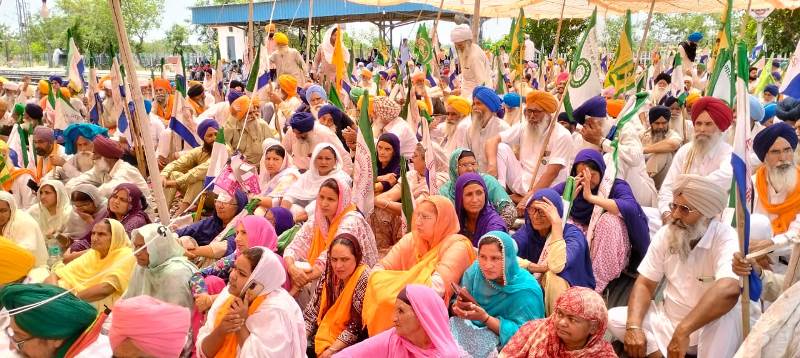
Q: How has this prolonged protest impacted the livelihoods and families of the farmers involved?
There is no point in sugar-coating the truth. The reality is that both organizationally and personally, it is a huge challenge to fight such a ruthless and authoritarian regime. Contrary to government propaganda labeling us “Khalistani,” “Naxalite,” or “foreign-funded,” every single protester is fighting on their own or with the support of their community. The physical and mental toll is immense—not just on the protesters but also on their families and supporters, as the government has been oppressing them too.
Living on the roads under such harsh conditions has severely affected many farmers’ health, and some have suffered physical breakdowns.
Though different unions send their members in rotation to the protest sites, it still creates difficulties for families back home. However, whether in the previous movement or this one, not a single farmer has abandoned their crops. Despite being at the protest sites, planting and harvesting have continued, thanks to the support of neighbors and fellow villagers. But farmers and labourers have been unable to spend time with their families.
Q: Looking back, do you consider this struggle successful? How do you measure its success?
The same leader who has never reversed any of his decisions, who did not acknowledge his mistakes even when demonetization and COVID mishandling led to thousands of deaths, who has clamped down on even major business houses to benefit a few cronies—that very leader was forced to bow before the farmers. This alone gives us the confidence that if we remain united, no force can defeat us. That is our victory.
Right now, the government is trying to reintroduce the same three black laws (or even worse policies) in a different form. But this ongoing movement is a roadblock to those attempts. That is our victory.
Even though the movement continues, one fact remains clear—whenever farmers have united, governments have had to retreat. This struggle is not just about laws or policies; it is about preserving the very existence of India’s farmers and rural communities. And as long as that fight continues, victory is inevitable.
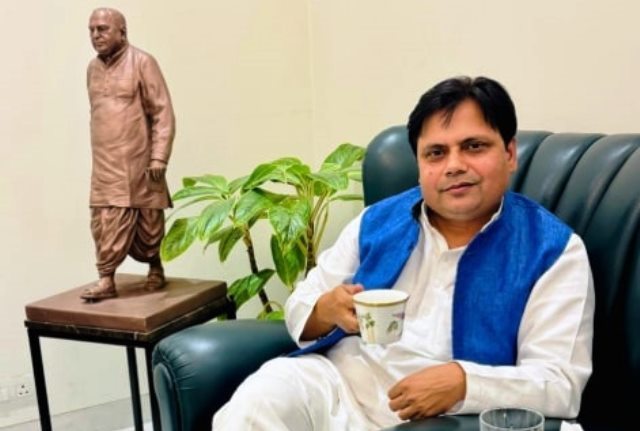
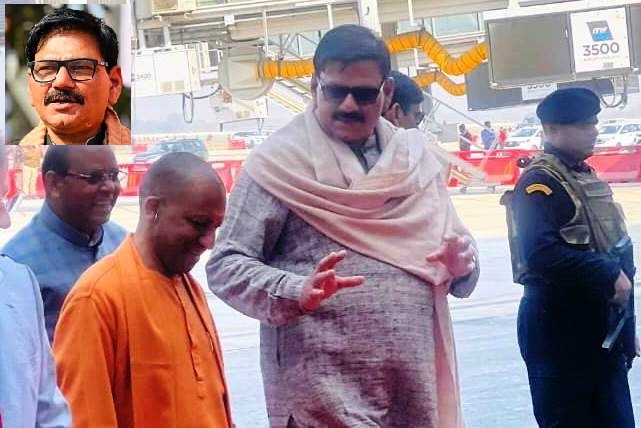
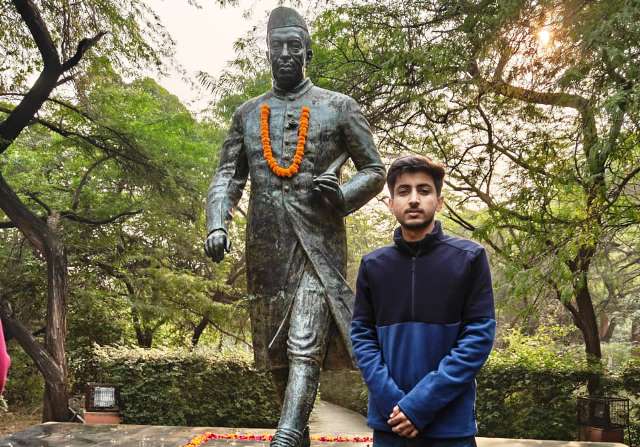

Its a nice interview. However in order to give a balanced view, it’s important if you could give the readers the view as to why is the government hesitating to implement the MSP for the amounts demanded for respective crops. Also, if this had been possible, why were such protests not raised during the Congress regime, especially the 10 years under Sonia Gandhi led Manmohan Singh government. It’s true that this movement gained traction mainly when BJB was winning in giant strides, and therefore it was definitely politically fuelled out of desperation by Congress and Aam Aadmi Party who were facing a political existential crisis. Secondly, and more importantly, looking at India’s burgeoning population of 140 crores, with a big middle class, how can a poor reeling economy afford to pay the demanded MSP? There is already an MSP in place, but I believe that Farmers protest is asking for a lot more, which although maybe a legitimate honourable demand, there may may simply not be enough budget to accommodate that immediately. I think that this is what’s the government’s plea is. I do not think that the Modi government is authoritarian. Rather Modi has humble roots as an RSS sevak with a broader vision got the welfare of India, but his sincere efforts are being thwarted by historically corrupt Congress and other parties such as of Lallu Yadav etc who are suddenly acting as saints. Lallu is the same person who was imprisoned in Chaara Ghotala. Under the Congress regime in Maharashtra, irrigation scam happened- the largest scam in country!
I am not qualified to go into the technical details of farming and bills etc, but do feel that there are 2 broad principles which are important for nation building:
1. There need not be suspicion raised about the intentions of the leader. In current era of competitive politics, no political party can easily hoodwink the populace it serves. Therefore they will not make policies that are obviously harmful for people as well as for their own political careers. And why should they? They are not evil parties. They are democratically elected. The reverse is also true where opposition parties facing wipeout will try tooth and nail to use the very new policies floated by ruling governments, and opportunistically engage in misinformation to misguide innocent people against the government. Genuine nation building measures by honest government can be opportunistic opportunities for those out of power. You being wise may be well aware how easy it is to do this in a multicultural society where a major percentage of population are illiterate and cannot see the broader picture of their own welfare envisaged and intended by the government.
2. In order for the government to raise the MSP to current value demanded, and to improve the economy of the farmers, the overall infrastructure of the economy and income of farmers needs to improve. This is possible by some degree of agrobased and mechanised farming supported by industrialisation and corporatisation under the aegis and watchful eyes of an honest ruling government. Better quality raw produce, which meets international standards will be possible by adopting modern technology. Some finished products can then be exported at a much larger profit to developed nations.
You may know that 30-40% of produce gets wasted in North due to poor storage, affectations by floods and rain or by pests. The large modern warehouses proposed to be built by Adani and corporate giants were labelled by opposition parties as efforts by governments to usurp lands of farmers etc. They have spread misinformation that the lands of the rural farmers will be taken over by Adani etc, which is ridiculous.
Modernisation is a cornerstone and essential to build up the overall quality and quantity of produce to match up to international standards. As it stands, the wheat produced in Madhya Pradesh is best in the world, far better than that of Punjab. That wheat is exported to foreign countries and can easily beat the wheat grown by Sikh farmers in US and Canada, and is what you and I eat, in Pillsbury atta or other top end Atta. Despite the differences, government is supporting a similar MSP for Punjab wheat.
If the government were to accept the current demands of the farmers, it won’t be able to sustain the budget and economy. Average man cannot afford to buy and eat. Inflation will go out of control and ruin the economy.
The farmers demands- more increased MSP and others, no doubt are legitimate, but can be met in slow incremental steps with a gradual move by uplifting of society and overall improvement in the parameters governing infrastructure and economic development.
Conflict is the best way to manage, but only as a last resort. Before that it will be useful to work together with the government in a practical way to gradually move towards the future and realisation of objectives which is a common goal for everyone, including farmers, policymakers as well as average Indian citizens.
Baaki, bhul chuk maaf. I am one of the greatest supporters of farmers, and hope that there is a best way forwards to address their cause. I certainly do not claim to be an expert, but writing to you in my honest innocence and pure intentions keeping farmers well being in the core of my heart.
😀❤️🙏🙏